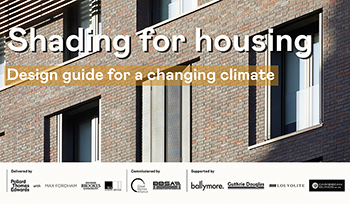Corrosion resistance
Contents |
[edit] Introduction
Corrosion is the gradual destruction of materials (often metals) due to natural processes such as oxidation. It occurs when materials are exposed to the environment and are attacked by liquids or gasses whose actions instigate chemical reactions.
Corrosion resistance describes the ease with which materials react to potentially corrosive conditions. Corrosion resistant materials are generally able to withstand deterioration and chemical breakdown.
[edit] Calculating corrosion resistance rates
It is possible to calculate the corrosion resistance rate of materials in terms of weight loss or thickness loss in mils (0.001 inch) per year (mpy) or millimetres per year (mm/yr). The most accurate way to determine this rate is when the surface of the material has corroded uniformly across the area that has been exposed. Corrosion resistance rates are typically measured in testing environments where conditions such as pressure, temperature and air velocity are controlled.
[edit] Resistant metals and alloys
Certain metals have better natural resistance to corrosion, this is why metals such as gold and platinum are almost always found naturally in pure form. There are also some metals (such as steel, zinc and copper) where the oxide that forms (sometimes called a ‘patina’) acts to seal the surface and produce a protective corrosion resistant barrier.
There are some corrosion resistant alloys (CRAs) that have better inherent corrosion resistance than pure metals. Examples of CRAs include:
- Chrome
- Cobalt
- Iron
- Nickel
- Stainless steel
- Titanium
[edit] Metals and alloys susceptible to corrosion
Other metals are less stable and require corrosion resistant treatments such as the application of paints or coatings that can prevent or delay the onset of the process. Other corrosion resistance methods (such as galvanising and anodising) can be applied early in the manufacturing process.
Some metal alloys corrode simply on exposure to air, but the process can be exacerbated by the presence of heat and certain substances such as sulphates and other acidic agents. These alloys also require the application of corrosion inhibitors.
[edit] Corrosion proofing
Corrosion proofing relates to products or structures that incorporate high corrosion resistance properties directly into the manufacturing process. Corrosion proofing can come in the form of structural coatings that stop chemical and electrochemical reactions. This term is also sometimes used as a marketing term to describe products that are intended to provide permanent protection against corrosion.
[edit] Related articles on Designing Buildings
Featured articles and news
Editor's broadbrush view on forms of electrical heating in context.
The pace of heating change; BSRIA market intelligence
Electric Dreams, Boiler Realities.
New President of ECA announced
Ruth Devine MBE becomes the 112th President of the Electrical Contractors Association.
New CIAT Professional Standards Competency Framework
Supercedes the 2019 Professional Standards Framework from 1 May 2025.
Difficult Sites: Architecture Against the Odds
Free exhibition at the RIBA Architecture Gallery until 31 May.
PPN 021: Payment Spot Checks in Public Sub-Contracts
Published following consultation and influence from ECA.
Designing Buildings reaches 20,000 articles
We take a look back at some of the stranger contributions.
Lessons learned from other industries.
The Buildings of the Malting Industry. Book review.
Conserving places with climate resilience in mind.
Combating burnout.
The 5 elements of seiri, seiton, seiso, seiketsu and shitsuke.
Shading for housing, a design guide
A look back at embedding a new culture of shading.
The Architectural Technology Awards
The AT Awards 2025 are open for entries!
ECA Blueprint for Electrification
The 'mosaic of interconnected challenges' and how to deliver the UK’s Transition to Clean Power.
Grenfell Tower Principal Contractor Award notice
Tower repair and maintenance contractor announced as demolition contractor.






















